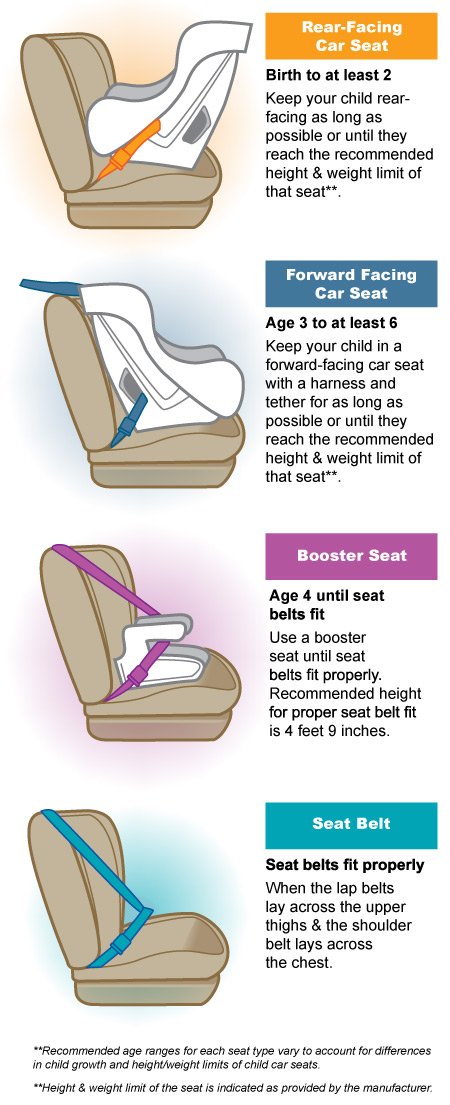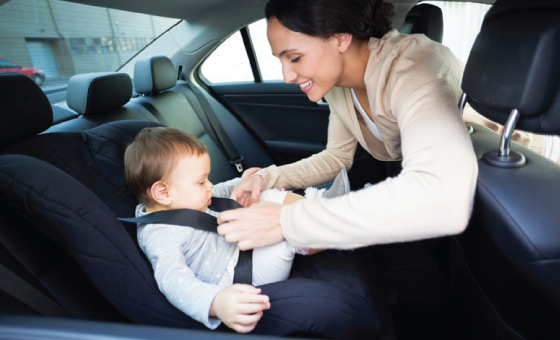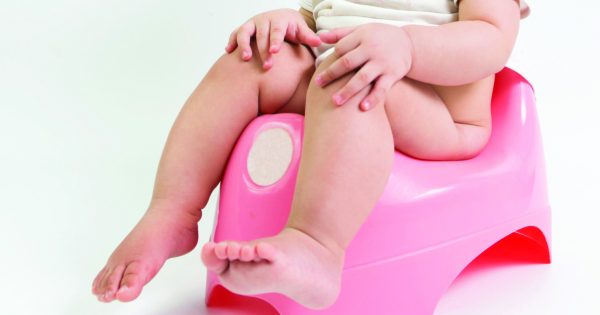Children transported in private vehicles are the first and second leading cause of traffic related-death, among children aged 1-4 years old (43.8%) and 5-9 years old (30.2%) respectively. One local study found that 51.4% of children below the age of 6 were seated in the front passenger seat and only a little over 13% were actually restrained. This is in spite of the fact that child car seats (CCS) have been proven to reduce the risk of death among infants (aged < 1 year) by 71%; and toddlers (aged 1-4 years) by 54% in passenger vehicles. Similarly;
- Use of booster seats may reduce the risk of serious injury by 45% for children aged 4-8 years old when compared with seat belt use alone.
- For older children and adults, seat belt use reduces risk of death and nonfatal injuries by almost 50%.


Both LATCH or Lower Anchors and Tethers for Children and ISOFIX are child restraint systems found in most recent car models which function to standardize and simplify the installation of child restraints (i.e. child car seats).
Securing The Seat
- Position your child with his or her back and bottom flat against the car seat.
- Ensure the carrier straps are tight and the harness clip is even with the child’s shoulders or armpits.
- Buckle your child in the seat first before placing coats or blankets over the harness.
- Buckle the harness and the chest-clip.
- Check to make sure the straps are snug, with no more than 1 finger’s slack.
- Make sure there are no twists in the harness strap.
- Try placing a rolled washcloth or diaper in the space after your child has been securely fastened into the car seat for a more secure fit.
- Most CCS indicates the type of child restraint system it uses, so make sure you buy a CCS which corresponds accordingly to that of your cars’. Similarly, you can still use the seat belt to secure the seat which is just as safe.
IMPORTANT TIPS
- Keep children under 13-years-old restrained in the back seat. It’s the safest place for them to be in case of a crash.
- It would be safer to buy a new CCS if you aren’t certain of the history of a preloved one you’re thinking of getting.
- Never place a rear-facing car seat in front of an active airbag (i.e. never place it in the front seat).
- Don’t substitute a booster seat with a simple cushion; they can easily slide off, displacing the child and increasing the risk of strangulation by seat belt.
- Always refer to CCS manufacturer’s instructions (check height and weight limits) and read the vehicle owner’s manual on how to properly install the car seat.
For maximum safety for your child when driving, remember to (1) choose a certified, age-appropriate sized CCS, (2) make sure to secure the seats properly & most importantly (3) drive safely and responsibly at all times.
An educational contribution by Malaysian Paediatric Association.







Comments